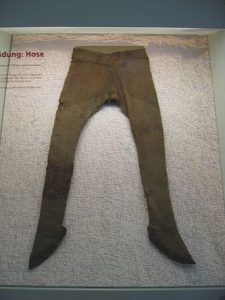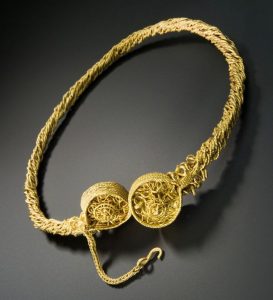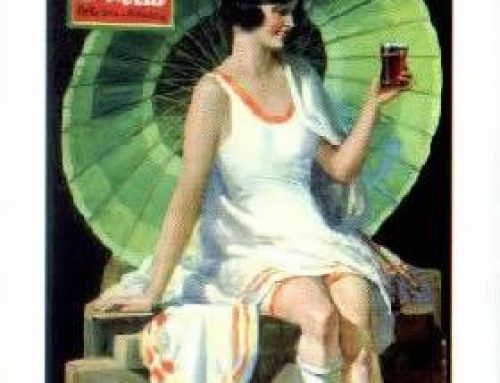
A pair of pants (braccae) from Germany from the 400s AD
German clothing was like the clothing of Central Asia in that German men, and often women, wore pants under their tunics to keep them warm. This was different from the clothing of the Mediterranean and West Asia, where men and women both only wore tunics with nothing underneath. Both the Germans and the Romans thought of this as an important difference between them.

Skull of a person from northern Europe, ca. 500 AD (now in Landesmuseum Württemberg). Their skull has been shaped.
Many German people also gave their children long heads by intentionally shaping their skulls when they were babies. Like the Chinook (and other people) they felt that a long, high forehead was a good look.
Another difference between Germans and Romans was in hairstyles. German men generally wore their hair long, but Greek and Roman men generally cut their hair. Also, most Roman men shaved their beards, but many German men did not. German women wore their long hair in braids, while Roman women generally piled theirs on top of their heads in buns.

Roman sculpture of a German man wearing a tunic and pants and a beard
In other ways, German clothing was very similar to Roman clothing. Both men and women wore tunics, and women’s tunics were longer than men’s tunics. Both men and women wore cloaks or capes over their tunics to keep warm. Because it was colder in Germany, people wore mainly wool rather than linen, and a lot of them wore fur capes or fur-lined pants also.

Gold torque from about 300-100 BC
Men and women in Northern Europe also wore heavy gold jewelry, like the Scythians in Central Asia. They weren’t using money, and wearing heavy gold jewelry gave people a convenient way to carry their wealth around, and also show people exactly how rich they were.




